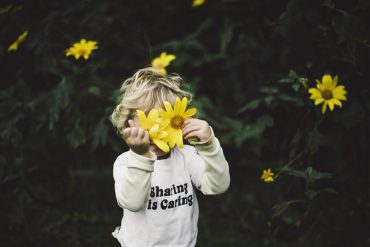B. Tips during the Toddler Stage (12 months- 3 years)
Show them you trust in their independence as much as possible. As toddler gains increased mobility and independence, they will want to explore their world more, but then return to you as their secure base. By allowing them this space to roam and also receiving them warmly upon their return, you can show them you trust in their independence but will also always be there to support them when needed.
Support their emotions with regards to separation anxiety but try to avoid giving in and not leaving. Toddlerhood is a phase where a stronger sense of self is developing, which may mean more rebellion against things the child doesn’t want to do, which could include being separated from you. While you can demonstrate understanding of the emotions they are feeling about the imminent separation (ex. “I know how hard this is for you. I’m here for you and I love you.”), it doesn’t mean you need to give in and not leave. Your toddler will develop more resilience over time if they are supported through these emotions.
Toddlerhood is a phase where a stronger sense of self is developing, which may mean more rebellion against things the child doesn’t want to do, which could include being separated from you.
Give them ways to feel connected when you are separated. For example, if the child is in daycare, you could send a picture of you to have in the classroom and/or other objects from home such as a blanket or a lovey. Also, before separating, you could focus on the next connection. So, for example, if you are doing daycare drop-off, you could talk about what you will do together at the end of the school day.
Recognise that bedtime represents a period of separation for the child. To help with this, you can do things to help them feel more connected before sleep. One way is to spend distraction-free one-on-one time together such as by engaging in play, going for walk or eating a snack where you are purely focused on them. Another way to ease their anxiety around bedtime is to focus on the next connection. So, for example, you could make a plan for what you will do together the next day or tell them you will see them in your dreams.
In conclusion, even though it can be tiring and challenging, separation anxiety is a sign of normal child development as well as an indication of secure attachment. You are doing an amazing job by responding to your child’s needs and continuing to show them they can depend on you.
Aileen is the founder of Connected Slumber Baby/Toddler Sleep Support and is a Certified Baby-Led Sleep and Well-Being Specialist. She takes a holistic approach to sleep meaning she is experienced in identifying underlying factors that could be impacting your child’s sleep as well as helping you make changes in a gentle and responsive manner, always keeping the attachment relationship at the forefront. Furthermore, she is very passionate about helping you understand biologically normal infant sleep and reducing the stress you may feel around sleep so you can focus on being the best parent you can be. To find out more about how she can help support you, follow her on Instagram @connectedslumber and check out her website www.connectedslumber.com.










